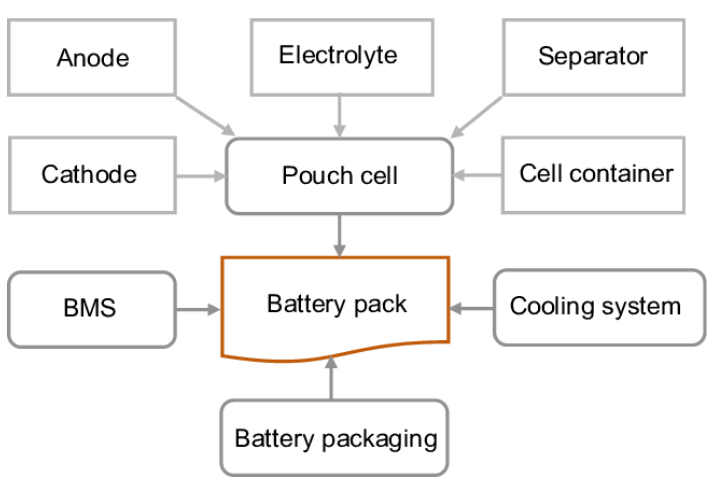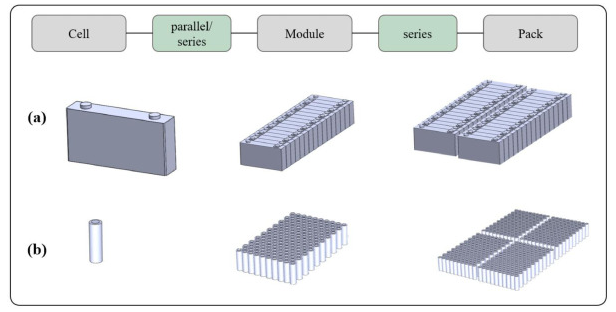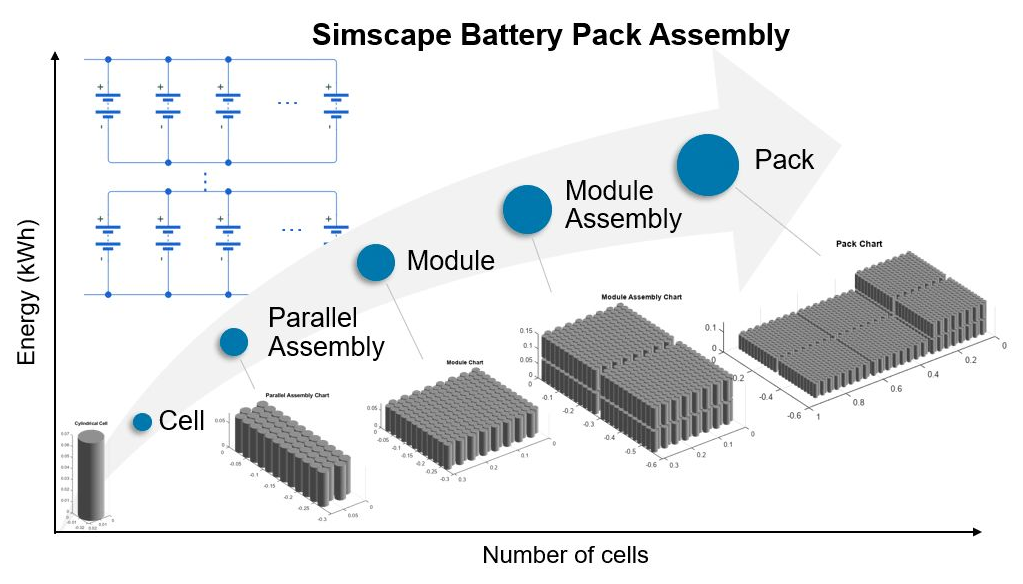What is battery pack ?

Three types of battery packs
Three different types of batteries are commonly used - Alkaline, Nickel Metal Hydride (NiMH), and Lithium Ion. The use of different metals and electrolytes in these batteries gives them different properties which means they are suited to different contexts.
What type of battery is used in the battery pack?
Lithium-Ion Batteries, also have a high power-to-weight ratio, high energy efficiency, good high-temperature performance, long life, and low self-discharge.

How long will the battery pack last?
You can expect about 500-1,000 charging cycles from a high-quality power bank. The kinds of devices you can recharge and how many times you can replenish them depend on the type of power bank, its capacity, and power ratings. It's helpful to start by analyzing why you need a portable power delivery system.

Advantages
An advantage of a battery pack is the ease with which it can be swapped into or out of a device. This allows multiple packs to deliver extended run times, freeing up the device for continued use while charging the removed pack separately.
Another advantage is the flexibility of their design and implementation, allowing the use of cheaper high-production cells or batteries to be combined into a pack for nearly any application.
At the end of product life, batteries can be removed and recycled separately, reducing the total volume of hazardous waste.
Disadvantages
Packs are often simpler for end users to repair or tamper with than a sealed non-serviceable battery or cell. Though some might consider this an advantage it is important to take safety precautions when servicing a battery pack as they pose a danger as potential chemical, electrical, and fire risks.












































































































